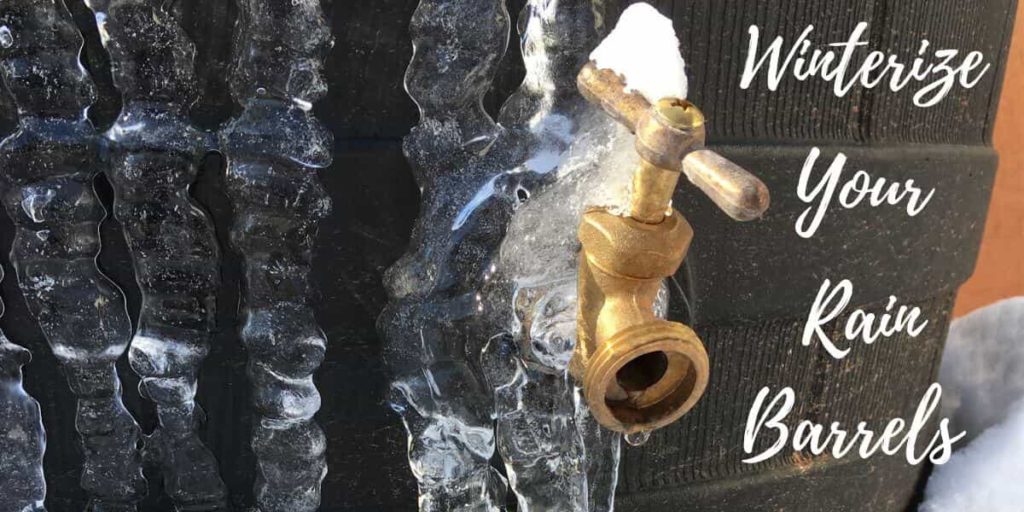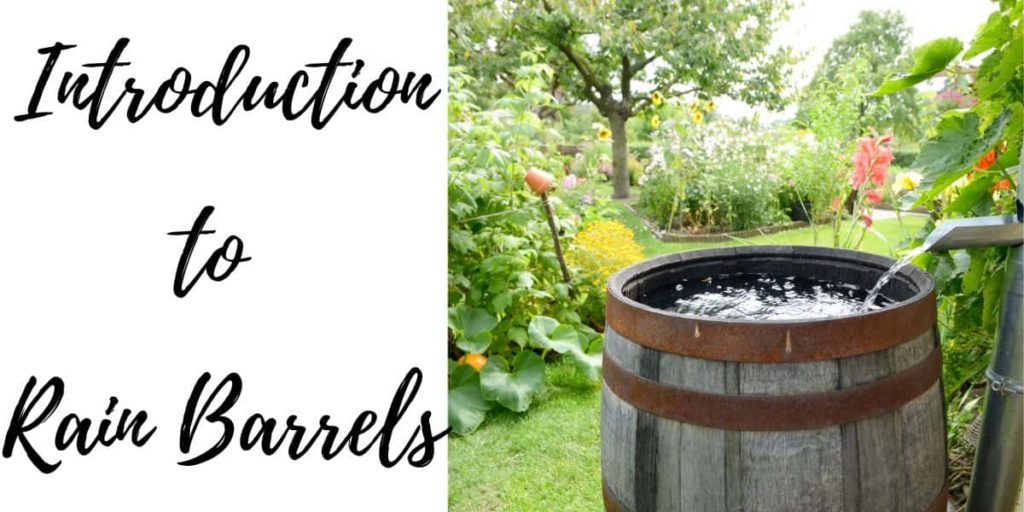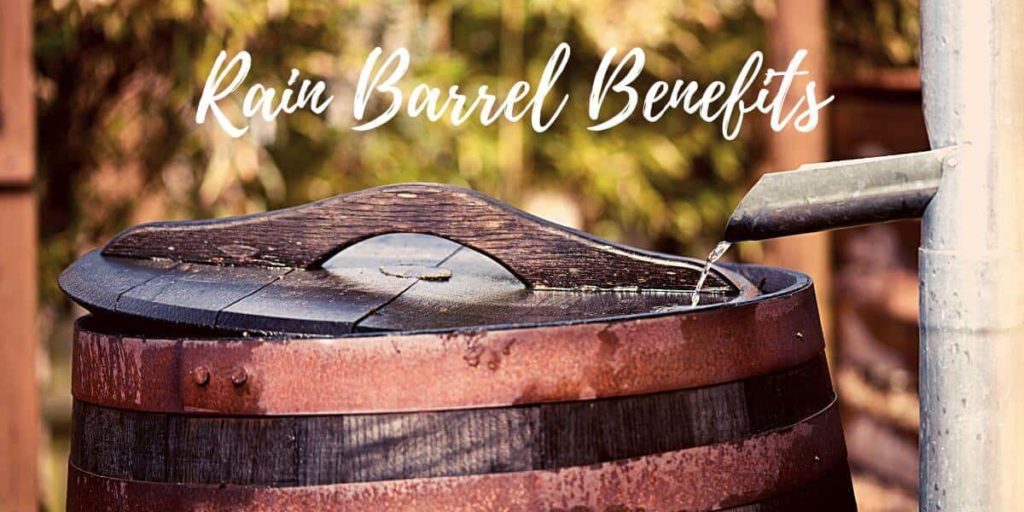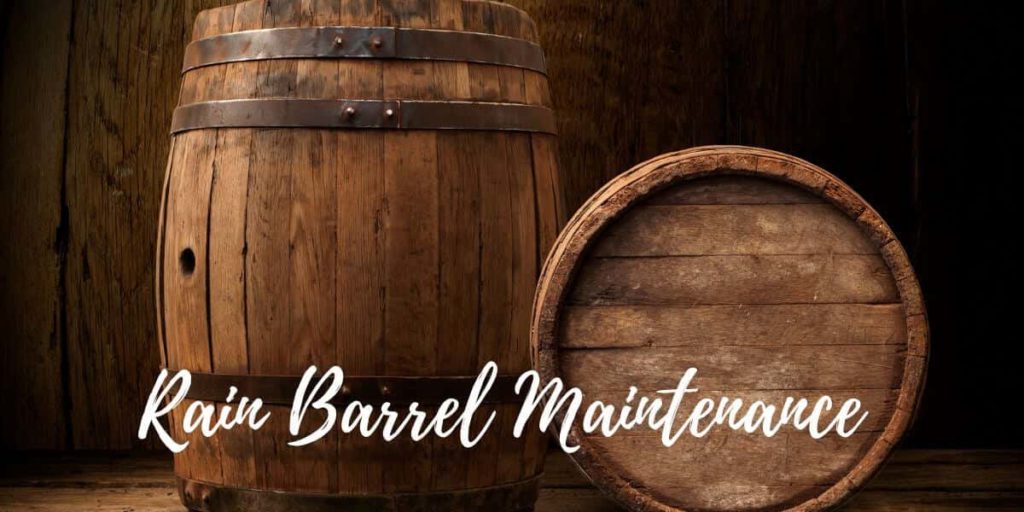Rain barrels are an excellent way to collect and conserve rainwater for use in watering plants, washing cars, or other outdoor activities. However, one concern that many people have is whether or not rain barrels can freeze during the colder months. Freezing temperatures can cause water to expand, potentially damaging the barrel and rendering it unusable.
In this post, we’ll explore whether or not rain barrels can freeze, and if so, what steps you can take to prevent damage and ensure that your rain barrel continues to function properly throughout the winter months. Whether you’re a seasoned rain barrel user or just starting out, understanding how to protect your barrel from freezing can help you get the most out of this eco-friendly and cost-effective water conservation tool.
Can a rain barrel freeze?
Therefore, yes, a rain barrel can freeze, particularly during cold winter months. When the temperature drops below freezing, any water remaining in the barrel can freeze, causing potential damage to the barrel and its components.
When water freezes, it expands, which can cause the barrel to crack or burst. Additionally, if the water freezes in the spigot or hose, it can cause blockages, which can prevent the water from flowing properly.
To prevent your rain barrel from freezing, it’s important to properly winterize it by emptying the barrel, disconnecting hoses, removing filters, and protecting the spigot. Additionally, placing the barrel in a sheltered area or wrapping it with insulation can provide extra protection against freezing temperatures.
If you live in an area with particularly cold winter temperatures, it may be best to empty your rain barrel and store it indoors to prevent any potential damage from freezing.
How to winterize a rain barrel?
Winterizing a rain barrel is important because freezing temperatures can cause water to expand and potentially damage the barrel. If water is left in the barrel during the winter months, it can freeze and expand, which can cause the barrel to crack or even break. Additionally, if the barrel is connected to a downspout, water that freezes in the downspout can also cause damage to your gutter system. Properly winterizing your rain barrel can prevent these issues from occurring and help to prolong the life of the barrel. This typically involves emptying the barrel and disconnecting it from your downspout, as well as ensuring that any residual water is drained from the barrel to prevent freezing.
Here are some steps to follow to properly winterize your rain barrel.
1. Empty the barrel:
Start by emptying the barrel completely. You can use the remaining water for watering plants or other outdoor tasks.
2. Disconnect and store hoses:
Disconnect any hoses or attachments connected to the rain barrel and store them in a dry place to prevent freezing.
3. Remove the filter:
Remove any filters or screens in the barrel and clean them thoroughly.
4. Drain the barrel:
Tilt the barrel to ensure that all the water is drained out completely. You can also use a pump or a sponge to remove any remaining water.
5. Protect the spigot:
Wrap the spigot with insulation or a foam cover to prevent freezing and damage.
6. Store in a dry place:
Once the barrel is emptied and cleaned, store it in a dry place such as a garage or shed. This will help to protect the barrel from harsh weather conditions and prolong its lifespan.
Winterizing your rain barrel is essential to prevent freezing and damage to the barrel and its components.
By taking these steps, you can ensure that your rain barrel is ready to use again in the spring and continues to function properly for years to come.
Do I need a weather protection cover for the rain barrels during winter?
In general, if you take the necessary steps to properly winterize your rain barrel, a cover may not be necessary. However, if you live in an area with extreme winter temperatures, heavy snowfall, or high winds, a cover can help prevent damage to your rain barrel and prolong its lifespan.
There are various types of covers available, including plastic or canvas covers designed specifically for rain barrels. These covers can help insulate the barrel, protect it from debris, and prevent water from freezing inside.
If you choose to use a cover, make sure it fits properly and securely over the barrel. A loose-fitting cover can allow moisture and debris to enter, defeating the purpose of having a cover in the first place.
There are several types of rain barrel covers that are commonly used to protect rain barrels during the winter months. Some of the most popular types include:
1. Insulated covers:
These covers are designed to provide insulation for the rain barrel, helping to keep the water from freezing during cold weather. They are typically made of heavy-duty materials like vinyl or canvas and often feature a zipper or other closure to keep them securely in place.
2. Mesh covers:
These covers are made of a fine mesh material that allows air to circulate around the barrel while still providing some protection from the elements. They are lightweight and easy to install and can be a good option for mild winters.
3. Hard covers:
These covers are typically made of plastic or oxford cloth and provide a more substantial barrier between the rain barrel and the elements. They are often custom-fitted to the specific size and shape of the barrel and can be secured with clips or other fasteners.
4. Tarp covers:
A tarp can be a cost-effective solution for covering a rain barrel during the winter. They are available in a variety of sizes and can be secured with bungee cords or other fasteners.
Ultimately, the best type of cover for your rain barrel will depend on factors such as the climate in your area, the size and shape of your barrel, and your budget. Regardless of the type of cover you choose, it’s important to ensure that it is securely fastened to the barrel to prevent it from blowing off or becoming damaged during strong winds or storms.
Winterizing a rain barrel is a critical step in ensuring that it continues to function properly and lasts for many seasons to come. By taking the time to empty the barrel, disconnect it from your downspout, and properly drain any residual water, you can prevent freezing and protect the barrel from potential damage. Covering your rain barrel with an appropriate cover can provide additional protection from the elements and help to keep it in good condition. With a little effort and attention, you can properly winterize your rain barrel and be confident that it will be ready to use again in the spring. So don’t neglect this important maintenance task, and enjoy the many benefits of using a rain barrel to conserve water and support a more sustainable lifestyle.



